Gutted
The sacrificial ritual of soccer
Hal Foster
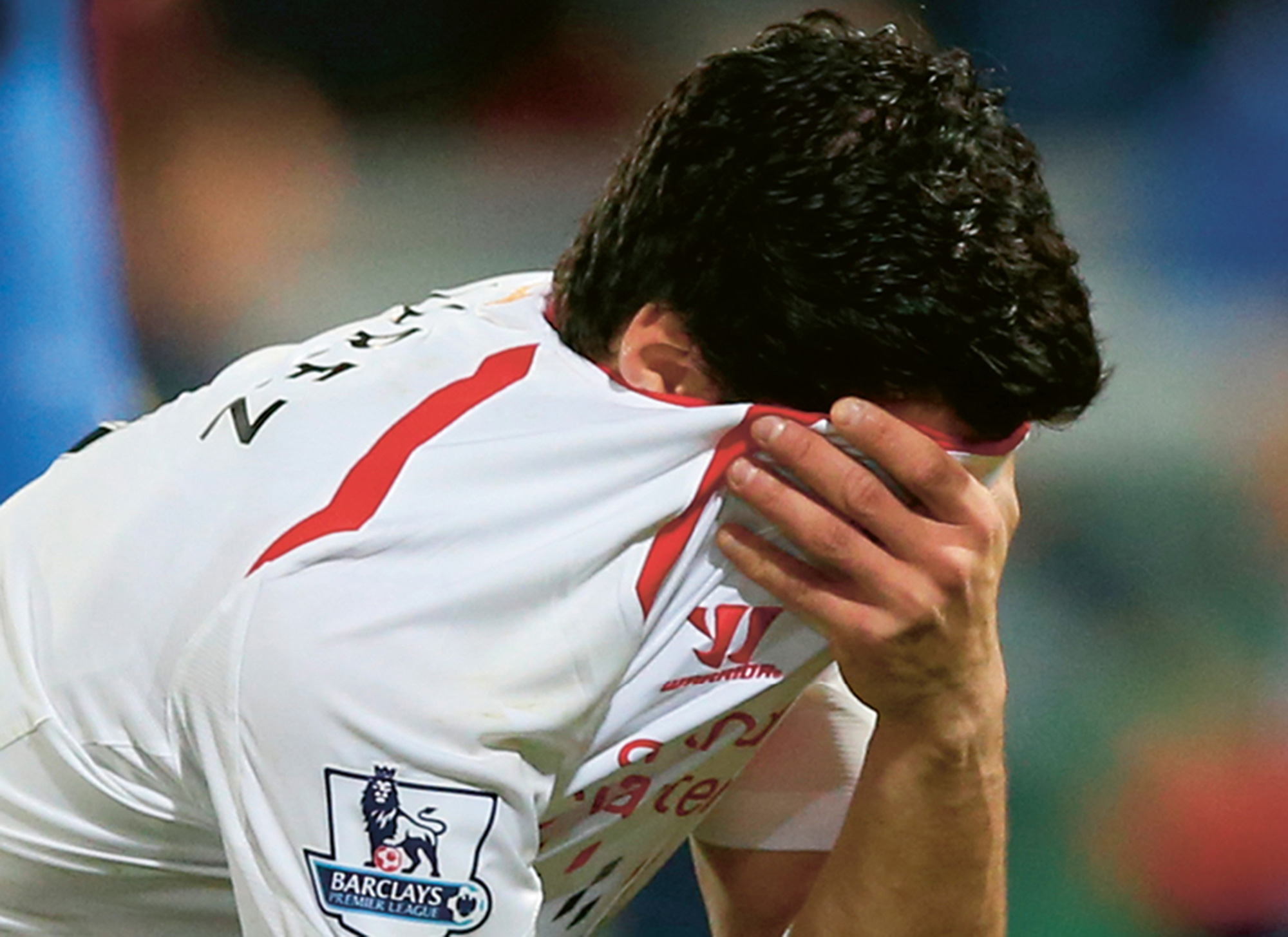
As a kid I was a wannabe jock, and as an adult I am a closeted fan. These days, though, I am reduced to one sport only (well, almost): football. Not the American variety, which is just sixty minutes of mayhem with a couple of rules and a lot of penalties (mostly so that the commercials can interrupt again and again: more cars! more beer!), but the beautiful game, the continuous game, real fútbol, soccer.[1] I favor the English premiership, but any great league will do. Its rhythms make the year go round, and as for holidays (and I do mean holy days), nothing approaches the sustained sublimity of the World Cup.
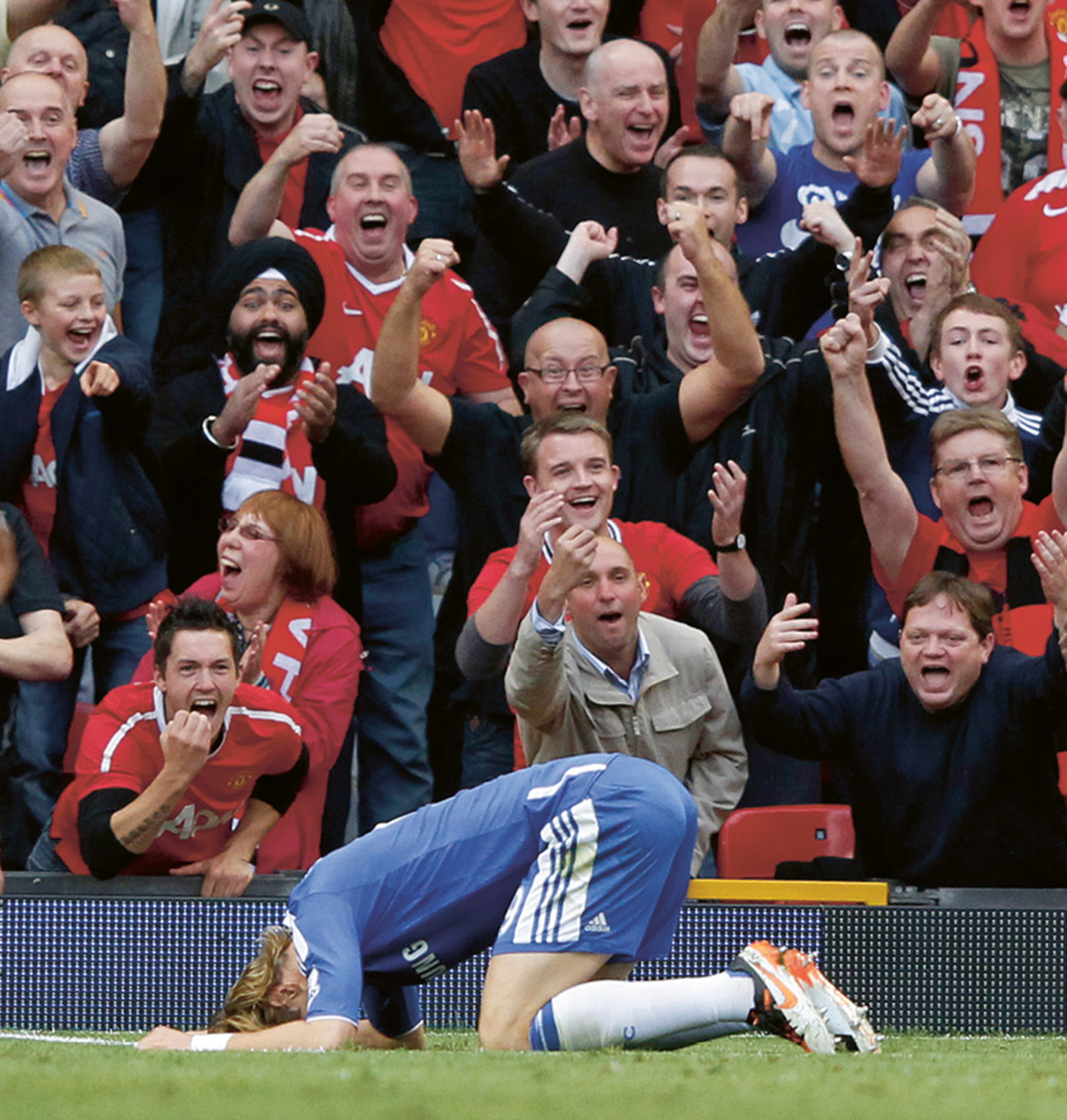
One indication of the difference between English football and American sports is the language that frames them. Most American coaches and players emit the blandest sort of pragmatic optimism, different versions of “One game at a time” and “Tomorrow is another day.” They still say this kind of stuff, sometimes with a technocratic twist (“We didn’t execute the game plan”), sometimes with a sentimental touch where a rough machismo veils the sweet bromance underneath. In this way, postgame interviews extend the in-game tedium of the sport. Conversations after matches in the English Premier League are different; they use another language altogether, a language of “courage” and “quality” and the like. For the most proletarian of sports, these are oddly aristocratic terms, but they sound sincerely uttered; they also seem just.
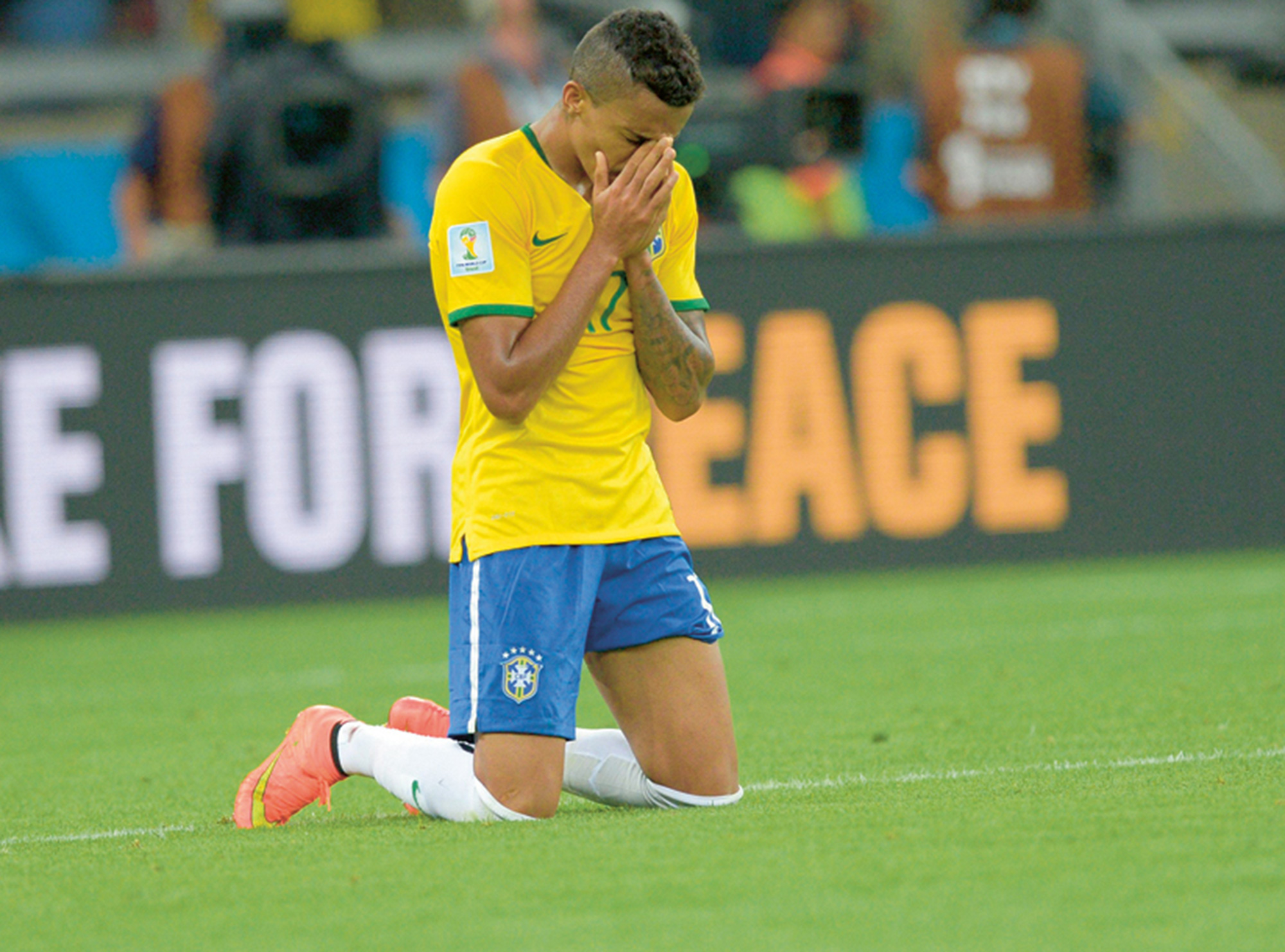
Like baseball, basketball, and football, soccer was a by-product of industrial society. All of these team sports gave back to the laboring classes an afterimage of industrial work—work in the form of leisure, but work nonetheless. As on the assembly line, roles in these sports are individual but regimented, and anyone can be replicated: one guy goes down, another steps in. Many aspects of industrial capitalism are thus rehearsed, but rehearsed as a form of play: repetitive drills in practices, endless testing in meetings, time-motion studies turned into live entertainment, statistics analyzed ad nauseam. And as capitalism became more spectacular, so too did these sports. This is all more or less evident, and soccer is not much different from football and the others in this respect. But somehow it has retained an almost courtly attention to character, even to fate, one that suggests that more is involved than just a game.
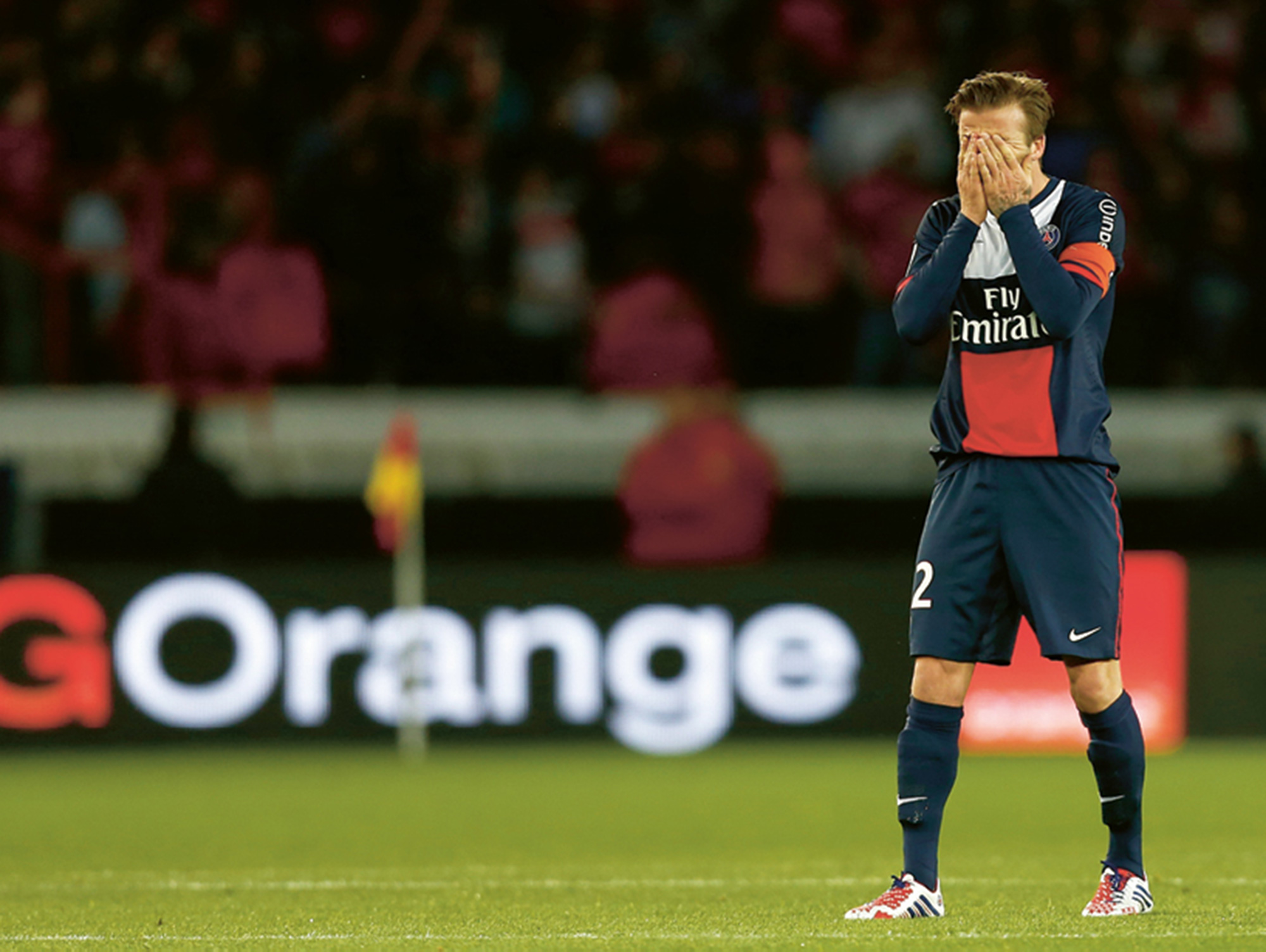
As the great American philosopher Vince Lombardi remarked (he wasn’t the first to say it in fact), “Winning isn’t everything, it’s the only thing.” So it is with American sports, and that is why Americans remember only the highs—the exaltation of a crippled Kirk Gibson hitting the walk-off home run in the 1988 World Series, say, or of a levitating Michael Jordan nailing the buzzer shot in the 1998 NBA finals. With soccer, it is different again: it is the utter devastation that sticks, the crushing defeats that last. American games end with fists in the air; soccer concludes with players on their knees, their hearts ripped out of their bodies. Doom runs deep in soccer; it is tragedy transposed from stage to pitch. Ask Steven Gerrard, a prince among footballers, who has played for his childhood club, Liverpool, for his entire career. Last year, on the threshold of the Premiership title, he slipped late in a crucial match against Chelsea, who scored on the play and won the match; the loss meant that Manchester City, not Liverpool, went on to win the league. And then, in the World Cup, the same thing happened. Stevie G, captain of England, slipped, allowing a long pass to make it to the orally driven Luis Suárez, his old Liverpool teammate. Suárez scored, sending Uruguay through and England down. A slip is not a fatal flaw, but in these cases it was. In soccer, as in history, everything happens (at least) twice, with the difference that in soccer there is no farce, only tragedy.

Somewhere Lévi-Strauss distinguishes between a game and a ritual. A game begins with sides that are roughly equal, he says, and the point is to play to an uneven result. A ritual, on the other hand, begins with sides that are uneven, often radically so—like gods and men—and the goal is to sacrifice to the point where they can be imagined as even, or at least as reconciled.[2] In this account, football is a game, and soccer seems to be one too, except that it is also—it is actually—a ritual. There might be a winner, as in a game, but in the end, all of the humans are on the same mortal team, and they are beaten into submission by the soccer gods. As in a ritual, they are sacrificed together—in this regard, soccer keeps faith with the ball games played by the Aztecs, which ended with the pumping hearts of the sacrificial victims cut out—and that is why, unlike most athletes in most sports, soccer players have such mutual respect. (In what other arena do players salute one another after the match with an exchange of jerseys?) Each contestant knows that he is a creature who must be done in, and often he will say so in the aftermath. He will say, “I am gutted.”
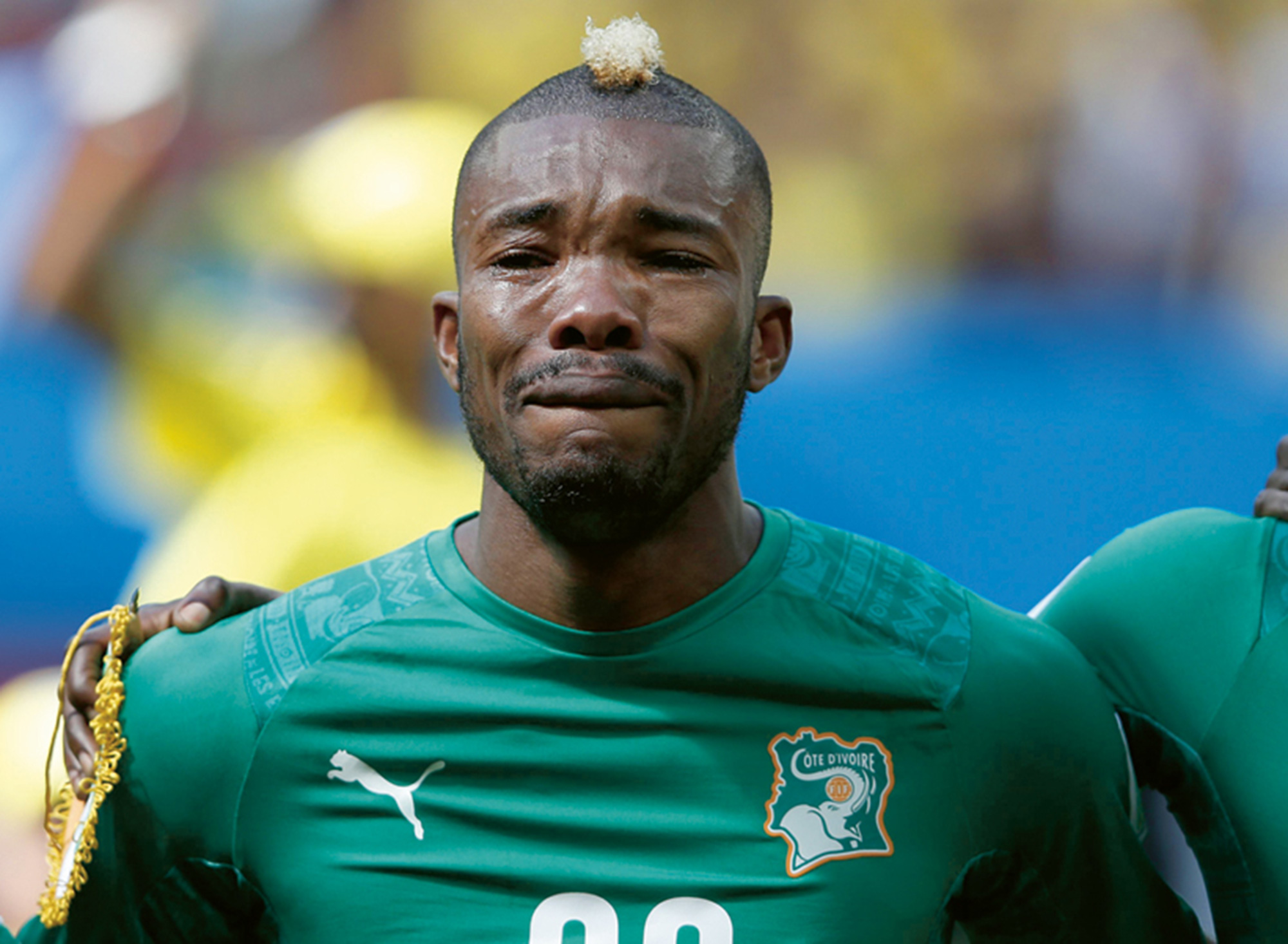
- The average length of an American football game is three hours; of those three hours, the action totals an average of eleven minutes.
- For an account of what happens when a sport is reinterpreted as a ritual, see the well-known film Trobriand Cricket: An Ingenious Response to Colonialism (1975) by Gary Kildea and Jerry Leach.
Hal Foster teaches art history and theory at Princeton University. His new book, Bad New Days: Art, Criticism, Emergency, will be published by Verso Books in fall 2015.